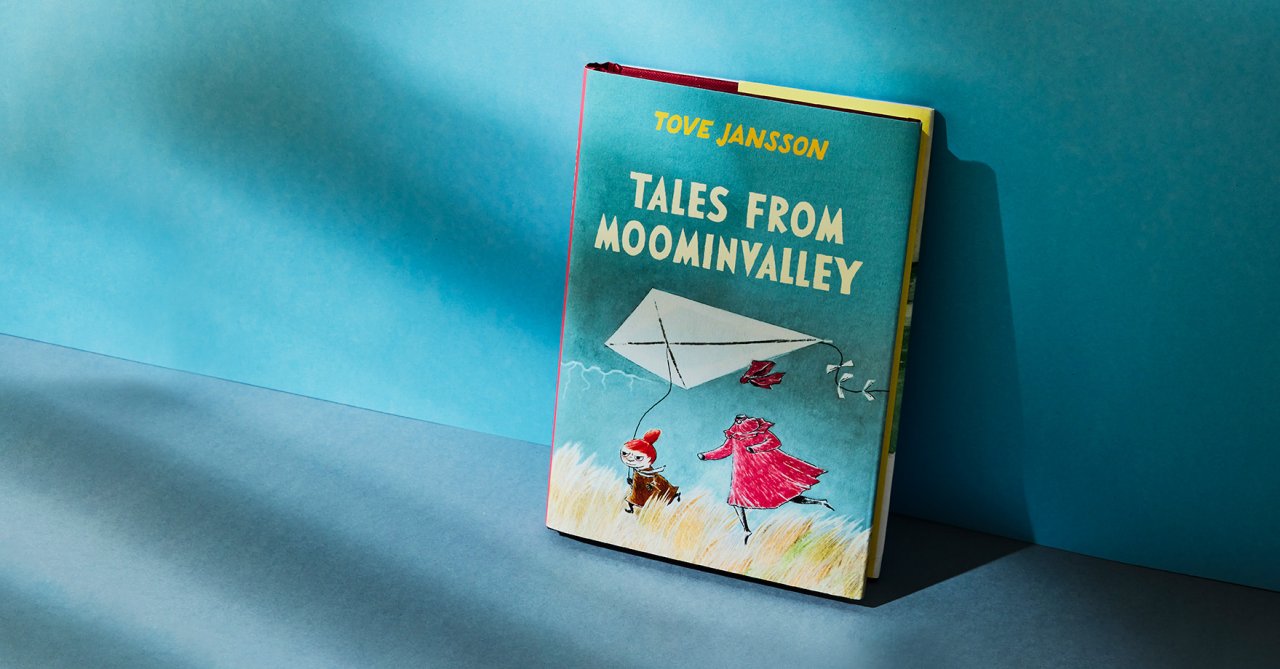Tove Jansson's Moomin stories are characterised by their subtlety, warmth, and lucidity and by the way the characters shed light on human qualities and traits. The story of Ninny, the invisible child, is one of the clearest development stories. Each step in a personal development is seen concretely in how Ninny becomes visible to herself and thus also to others and how Ninny finally dares and manages to take up space together with others.
Tove Jansson’s collection of short stories Tales from Moominvalley was published in 1962. The Invisible Child is one of nine stories in the collection. The story of Ninny is one of Tove Jansson’s most beloved stories, it has inspired countless adaptations on theatre stages, in TV series and in games.
As a result of being mistreated and almost never validated, Ninny becomes someone who doesn’t dare to take up space, someone who no longer knows how to take up space. She chooses to please others in order not to draw attention to herself. She lives in the shelter of invisibility, where she feels safe and where she neither wants nor can listen inward.
Too-ticky takes Ninny to the Moomin family in the hope that they can help Ninny. Moominmamma, Moomintroll, Little My and Moominpappa all meet Ninny in their own way. They let her take her time, try things out, be insecure and afraid, and also provoke her to let her feelings out, to take up space and to speak up. Ninny had previously lived with someone who was not able to see her. The members of the Moomin family become mirrors in which Ninny can see and meet herself.
Listen to The Invisible Child, read by Sophia Jansson:
Most of us can to some extent recognise that in certain situations we do not want to take up space, we want to be anonymous, and we feel unsure whether we will be accepted. Most people have also experienced not being seen. The Invisible Child tells us that we are characterised by the contexts we find ourselves in and the people we are surrounded by and meet. We are not solely responsible for who we are, and in the right context and with the right people, we can dare to change what we want to change.
Questions to reflect on after reading or listening to the story
Here are questions to use as a basis for discussion on the themes of the story. Discuss and tell each other in groups, or if it suits the group better, discuss and let each one write down the more personal answers.
After hearing the story of Ninny, how would you describe her in three words?
Ninny is bad at playing, why do you think that is?
Have you ever felt that you don’t fit in? That you can’t do what others can do at a certain moment? Describe that situation.
The different individuals in the Moomin family treat and help Ninny in different ways. Do you remember how they did it?
How would you have liked to treat Ninny?
How would you like to help her?
Ninny cannot get angry at first. Can you get angry?
Do you dare to show others that you are angry? When do you dare to show that you are angry?
When do you not dare to show that you are angry?
When do you think it is good to get angry?
Have you ever felt badly treated and thus invisible, not seen, not important? What would you have wanted in that situation?
What could someone else have done for you then?
If the question is difficult, these options may help. Would you have wished:
a) Moominmamma’s calm patience?
b) someone to show and teach you as Moomintroll wants in the story?
c) someone like Little My to encourage you to speak up?
At first, Ninny seems to want to be invisible. Why do you think she wants to be invisible? Have you ever wanted to be invisible, not wanting to take up space, but preferring to watch? Describe that time.
Ninny becomes visible again thanks to the Moomin family showing her care and respect.
When do you feel seen? When do you feel liked?
